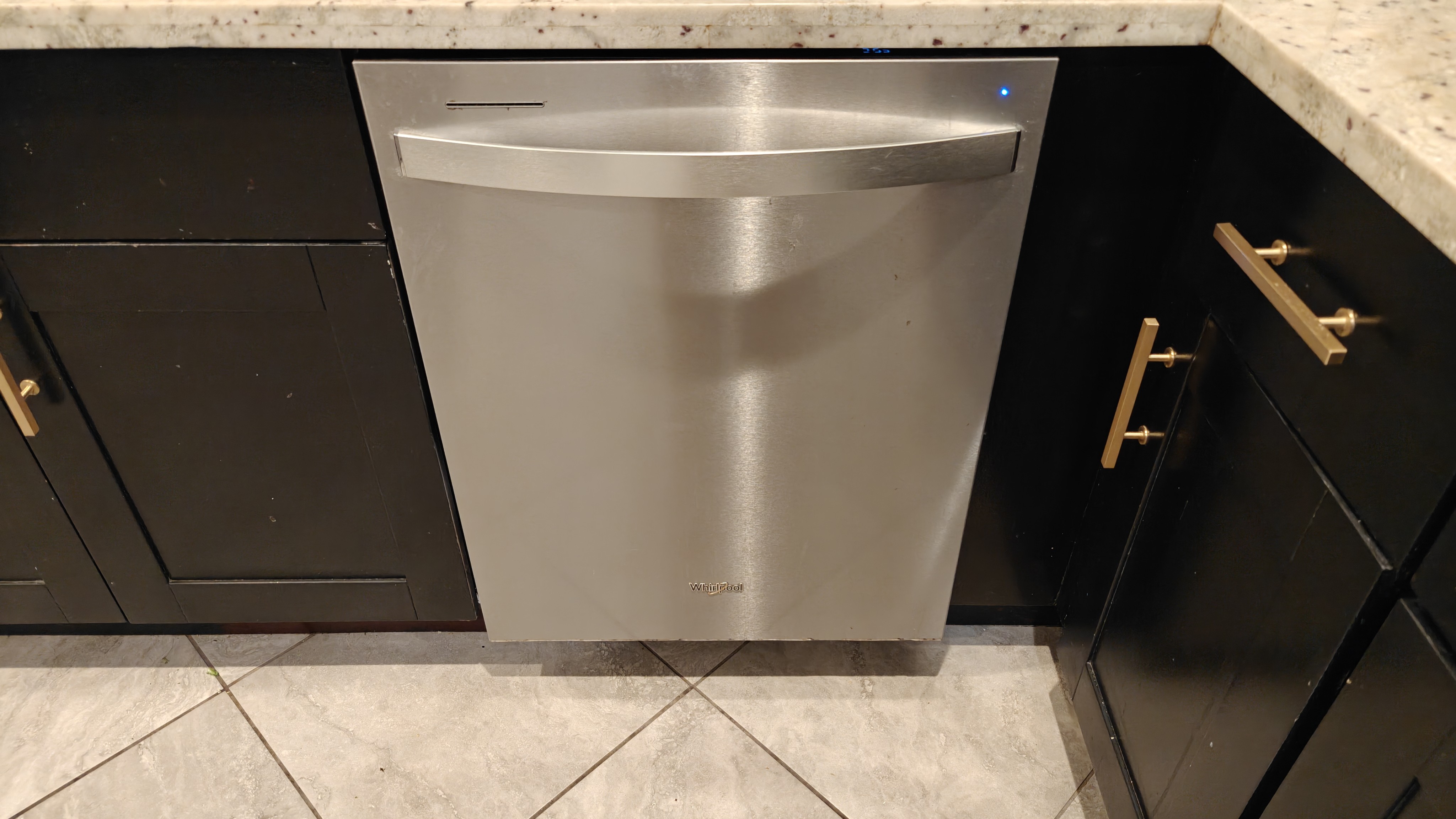Realistic Renovations: Making a House Feel Like Home for a Senior
The vast majority of people would prefer to age in place. That is, they want to stay in their own homes for as long as possible rather than going into a nursing home.

The vast majority of people would prefer to age in place. That is, they want to stay in their own homes for as long as possible rather than going into a nursing home. Most houses are not built with the evolving needs of a senior citizen in mind, however. Making a home safe and comfortable for an older resident means removing dangers a younger person might not even consider. If an older member of your family is moving in with you or if you want to make sure their current residence remains a safe haven, consider making these changes in various areas of the home.
Whole House
Medical Alert Systems If you have to leave your parents or grandparents on their own much of the time, medical alert systems make a lot of sense. Basic medical alert systems feature a console and a call button that is worn around the neck or attached to clothing. If your loved one is monitored and falls when no one is around, they simply push the button and someone at the medical alert systems center will either speak to them or call an ambulance, or both. Some medical alert systems can also incorporate smoke and carbon monoxide monitoring.
Doorknobs Anyone with any level of arthritis may find it hard to manipulate traditional doorknobs. Advocates of universal design architecture that works for everyone, including those in wheelchairs recommend lever-style door handles. They are easier for everyone to use.
Carpets and Rugs Loose spots in carpeting or the edge of a throw rug can pose a danger to anyone walking by, especially seniors. Use double-sided tape or carpet mesh to secure them to the floor.
Brighter Bulbs Low lighting can make it difficult to see obstacles in walkways. Installing higher-voltage bulbs and nightlights throughout a home can make it safer for a senior.
Bathroom
Sign up to receive the latest news, reviews, buying guides and deals direct to your inbox
Grab Bars According to a study by the Centers for Disease Control, 21.8 million people aged 15 and older sustained nonfatal injuries in the bathroom in 2008. "All persons, but especially older adults, should be aware of bathroom activities that are associated with a high risk for injury," reads the CDC study, released in June 2011. The bathroom, with all of its slick surfaces, is a danger zone for seniors especially. Experts recommend the installation of grab bars on either side of the tub or shower and by the toilet to prevent falls.
Entryway
Handrails Solid railing is essential for all stairways inside and outside of your home, especially for senior residents. If you can put handrails on both sides of each stairway, they will help even more.
Thresholds Many entries require a step up or a step down. Installing a beveled threshold is ideal. Experts also recommend placing a bench or table by the door so you can set packages there while you open the door.
Reviews
Whirlpool 24" Stainless Steel AI Dishwasher Review
Napoleon TravelQ PRO285 Portable Gas Grill review
Dreame L40 Ultra Robot Vacuum Cleaner and Mop review: almost hands-free cleaning
GE Profile Smart Mixer with Auto Sense review: a powerful, thorough mixer
Echo eForce DPB-2500 review: a leaf blower as a snow removal tool?
DPAS-2100 + Pro Paddle Attachment review: a new way to remove snow this winter?
Midea MAD53109APK 5.5QT Air Fryer review: a small, simple, and highly effective option
Eureka J15 Pro Ultra Robot Vacuum review: hands-free cleaning for busy families
Kitchen
Cabinets Universal design advocates recommend C- or D-shaped handles because they are easier for people with arthritis to use. Shelving that slides out is also useful for those who are unable to reach very far.
Stove Faucet Installing a faucet over the stove will enable seniors to prepare food without having to find a way to transport a heavy pot of water from the sink to the stove.
As you can see, with a few simple changes, you can make any home much safer for an older resident.

As a former writer for Top Ten Reviews (TTR), Angie has spent over eight years testing small appliances, microwaves, and vacuum cleaners and reviewing other home goods. In her spare time, she focuses on planning improvements for her quirky 103-year-old home or exploring the stunning Utah mountains. Prior to this, she was a newspaper journalist and holds a bachelor's degree in Technical Writing.
